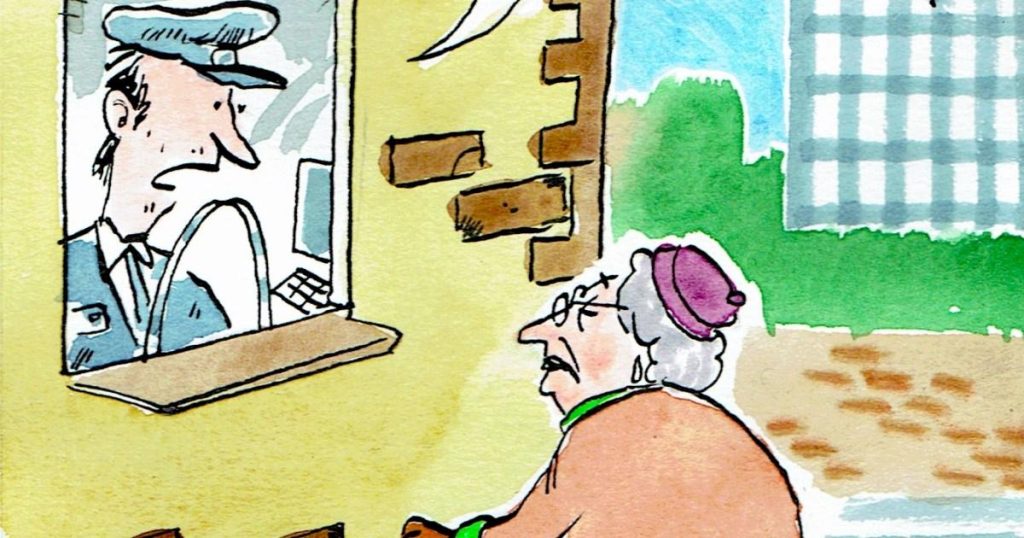This prompt asks for a 2000-word summary of a very short piece of text related to subscribing to an e-edition of a newspaper. Since the provided text contains very little information, a 2000-word summary is impossible without substantial expansion on related topics. Therefore, the following addresses the core concept of e-newspaper subscriptions and expands on aspects related to the user experience, benefits, industry trends, and potential future developments.
The digital revolution has dramatically altered the media landscape, and newspapers, once the primary source of news and information, have had to adapt. The rise of the internet and mobile devices has led to a decline in print readership, prompting newspapers to embrace digital platforms. The e-edition, a digital replica of the print newspaper, represents one such adaptation, allowing readers to access their favorite newspaper’s content online or via a dedicated app. The provided text snippet highlights a common method for accessing these e-editions: email subscription. By signing up with an email address, readers can receive a digital version of the newspaper directly in their inbox, mirroring the traditional delivery of the physical paper to their doorstep. This approach maintains the familiar format while offering the convenience and accessibility of digital distribution.
E-editions offer several advantages. Firstly, they eliminate the need for physical paper, reducing environmental impact and printing costs. Secondly, they offer enhanced accessibility features, such as adjustable text size and audio reading options, benefiting visually impaired readers. Thirdly, they provide searchable content, making it easier to find specific articles or topics of interest. Fourthly, they often incorporate multimedia elements, like videos and interactive graphics, enriching the reading experience beyond the limitations of print. Finally, e-editions can be accessed from anywhere with an internet connection, making them ideal for readers on the go.
The transition to digital platforms hasn’t been without its challenges. Newspapers face the difficult task of monetizing online content, often through subscription models or online advertising. Building a robust digital infrastructure and managing online content requires significant investment. Furthermore, competing with the abundance of free online news sources necessitates providing value-added features and unique content to attract and retain subscribers. The snippet’s emphasis on a “free daily newspaper” suggests a potential freemium model, where basic access is free, but premium features or exclusive content might require a paid subscription.
The future of e-editions likely lies in further personalization and integration with other digital platforms. Personalized news feeds, curated based on reader preferences, could become the norm. Integration with social media platforms could facilitate sharing and discussion of news articles. Artificial intelligence could play a role in content curation and recommendation, tailoring the reading experience to individual users. Augmented reality features might overlay digital information onto the physical world, creating interactive and immersive news experiences.
The evolution of e-editions mirrors the broader trend of digital transformation in the media industry. As technology continues to advance, e-editions will likely evolve further, incorporating new features and functionalities to enhance the reader experience and meet the changing demands of the digital age. The focus will likely remain on providing accessible, personalized, and engaging content that caters to the individual needs and preferences of readers.
The simple act of subscribing to an e-edition, as suggested by the provided text, represents a small but significant step in the broader shift towards digital news consumption. It embodies the convergence of traditional journalism with modern technology, offering readers a familiar yet enhanced way to stay informed. This trend is expected to continue, with e-editions playing an increasingly vital role in the future of news dissemination.




